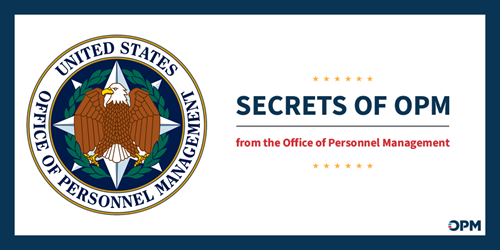Go Big or Go Home

By Scott Kupor, Director, U.S. Office of Personnel Management
October 20, 2025
Recently, I wrote about how incremental change can be an effective tool for increasing the quality and efficiency of government. And that remains true – just a little over one week later!
But sometimes change comes in big packages too. Today, we are rolling out one such big package that will be transformational for how we manage talent across the federal government.
Before we get to the future state, here are the relevant facts on the current lay of the land.
Today, the government has deployed 119 (there may be more, but that’s all we could in fact find) distinct core HCM (‘Human Capital Management’) systems – none of which integrate effectively with each other. That’s almost one per executive agency of the government. [BTW, for those who are not familiar with the vernacular, HCM refers to a database that tracks all employee information – job titles, salary information, benefits information, employment history, etc.]
This is crazy for many reasons, not least of which is that it costs American taxpayers an inordinate amount of money for the privilege of having so many systems. In addition, it means that the government lacks a single, government-wide source of truth for any basic employee information – e.g., how many positions actually exist in any organization; what do org charts and managerial spans of control look like across government; how much are we actually paying people by sub-department; etc.
In addition, because of this enormous diversity of systems, the federal government lacks complete and accurate data on its workforce and is often forced to rely on manual data calls to get up-to-date information. Case in point, it took a multi-month process to even find out how many core HCM systems the government uses.
And there are other downstream externalities.
For example, when a federal employee retires, we at OPM spend an excessive amount of time and money working with multiple agencies’ HR staff to assemble the “golden file” of that employee’s work history. This is costly, error-prone and leads to unnecessary delays in enabling a seamless transition to retirement.
To handle this mess of systems and lack of integration, the government employs about 44,000 HR professionals at a cost of about $5.5 billion annually. These hardworking folks have to navigate thickets of outdated and duplicative technology systems, hindering their efficiency and effectiveness, and doubtlessly frustrating them in the process. We want HR professionals focused on what matters: driving the selection, development, and management of a high-performance federal workforce of the future, not dealing with duplicative and confusing technology systems.
The ideal “to be” state is a single, pan-government core HCM system that gives the federal government full, real-time visibility into its workforce and drives effective workforce management on behalf of the American taxpayer. Key to this ideal is our hypothesis that one system at government-wide scale will drive significant per-user cost savings over the current siloed, duplicative, ad-hoc landscape.
And that is what we are launching today. We are inviting industry to tell us how they would propose to accomplish these objectives. We are excited about this very important project, because we believe that this type of transformation is crucial for managing the government talent pool of the present and future.



